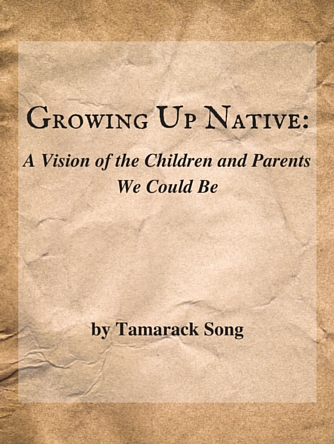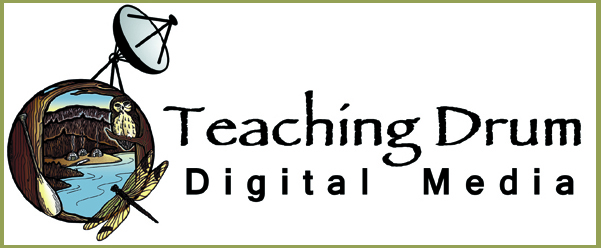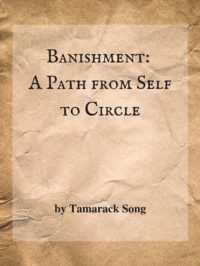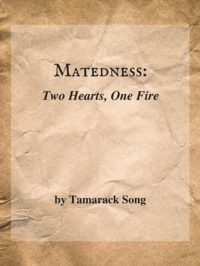Description
Author: Tamarack Song
31 pages, offered in both a paper and electronic form (PDF). Photo is not an actual representation of the booklet.
This excerpt from Tamarack’s upcoming book Blossoming the Child: Native-inspired Ways of Unparenting and Encouraging Childwisdom explores the native concepts of a “blossoming child” and an “unparenting parent.” The text explores Native views on child life, the naming of children, learning through play and experience about sex, gender roles, camp life, and relationships with people and the Earth. The main theme is that from birth, people are all genetically programmed to blossom into happily fulfilled children, and then grow out of childhood into fully successful and fulfilled adulthood. Growing up Native is a simulated dialogue between anthropologist Marjorie Shostak (who studied the !Kung San of South Africa) and educator Evelyn Wolfson (whose research covered North American Natives), which was created by Tamarack Song from their writings.
Ordering Options
- ONLINE: We accept Visa, MasterCard, Discover, American Express, and eChecks through PayPal.
- BY MAIL: Mail us your order – we accept Visa, MasterCard, checks and money orders. Click here for a mail order form
- INTERNATIONAL ORDERS: Please contact us before ordering to calculate additional postage.
- ORDER A DIGITAL COPY: See the link below.
Purchase and download the booklet:
Excerpt…
!Kung children have no schools. There is no doubt in the parents’ minds that as children grow up they will learn to act with sense, with or without deliberate training, simply as a result of maturation, social pressure, and the desire to conform to group values.
Indian children don’t have to go to school. Yet they grow up to be responsible, contributing members of their communities. Their learning does not have to take place in school. [They] wake up every morning in a classroom–their home. They go outdoors to another classroom–the world around them. Learning and playing are the same thing. Children move freely around their villages, exploring and experimenting on their own. They are given guidance and help only when needed.





